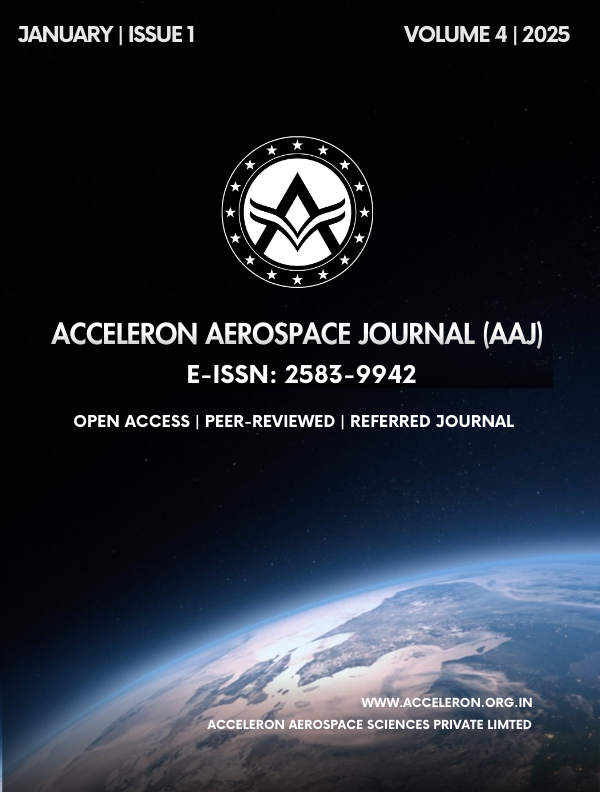Design of 2-DOF Thrust Vector Control System for Rockets and Missiles
DOI:
https://doi.org/10.61359/11.2106-2505Keywords:
Thrust Vector Control, Aerospace Engineering, Rocket Engines, Thrust Vectoring, Gimbaled Ion Thrusters, Gyroscope, ArduinoAbstract
This paper outlines the development and implementation of a Thrust Vector Control (TVC) system specifically designed for solid propellant rocket engines, aiming to enhance the portability of hybrid and liquid propellant rocket systems. The proposed system ensures trajectory stability and rapid response to flight emergencies by effectively counteracting external perturbations such as wind. Key components include gyroscopic (GYRO) sensors, a high-performance microcontroller, and servo motors, collectively referred to as thrust vectoring components, which dynamically adjust thrust direction opposite to the rocket’s trajectory to maintain stability. Drawing from an extensive literature review of existing TVC system designs, with a focus on thrust characteristics and engine combustion timing, the design integrates geometric properties, kinematics, forces, energy requirements, safety, cost, and control methods, aligning with both mechanical and avionic design principles. The anticipated outcome is an advancement in rocket propulsion technology, characterized by improved angular speed control, trajectory linearity, and rapid response capabilities.
Downloads
Downloads
Published
How to Cite
Issue
Section
Categories
License
Copyright (c) 2025 Acceleron Aerospace Journal

This work is licensed under a Creative Commons Attribution 4.0 International License.
The Acceleron Aerospace Journal, with ISSN 2583-9942, uses the CC BY 4.0 International License. You're free to share and adapt its content, as long as you provide proper attribution to the original work.





